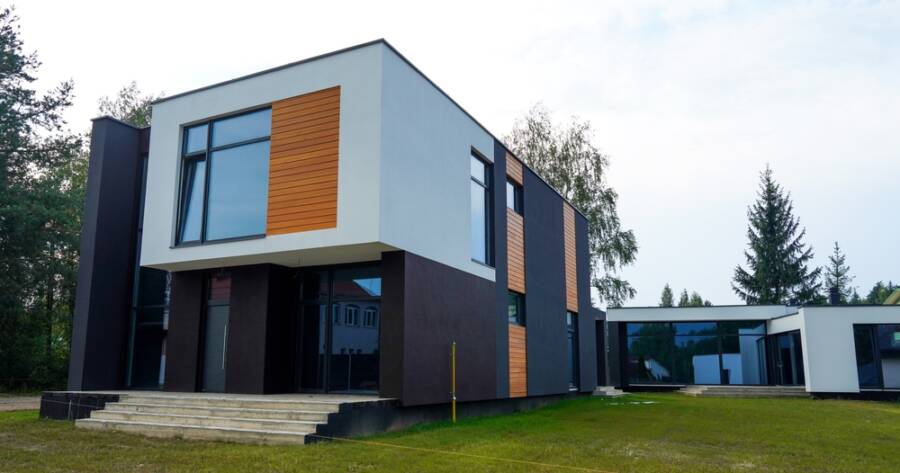Imagine a home that assembles like a LEGO set, is built in record time, and costs less than traditional construction. Plus, it offers modern design, sustainability, and convenience. This isn’t a futuristic dream; it’s the reality of modular homes! Gaining popularity across the U.S., these homes are revolutionizing the market. But what makes them so appealing? If you’re looking for a smarter way to live, now is the time to discover the future of housing.
What Are Prefab Homes?
Prefab homes, short for prefabricated homes, are built in sections at a factory and then transported to a site for assembly. Unlike traditional houses, which are built entirely on location, prefab homes are made in a controlled environment. This method reduces waste, improves efficiency, and speeds up the building process.
There are different types of prefab homes, including:
- Modular homes – Built in large sections and assembled on-site like building blocks.
- Panelized homes – Made with pre-cut wall panels that are put together at the final location.
- Manufactured homes – Fully built in a factory and transported in one piece.
- Kit homes – Delivered as a package with all the materials needed for construction.
Each type offers unique benefits, but all share the same advantage: quick and cost-effective construction.
Why Are Prefab Homes More Affordable?
One of the biggest reasons prefab homes are gaining popularity is their lower cost compared to traditional housing. But why are they cheaper? The answer lies in the construction process.
Since prefab homes are built in a factory, materials are purchased in bulk, reducing overall costs. Additionally, labor expenses are lower because workers can complete multiple homes at the same time. There are fewer delays due to weather, which means fewer unexpected expenses.
Homebuyers also save money on energy costs. Many prefab homes use energy-efficient materials, advanced insulation, and smart home technology. This makes them cheaper to heat and cool, reducing monthly utility bills.
Are Prefab Homes High Quality?
Some people worry that prefab homes might be lower quality than traditional houses, but this is a common misconception. In reality, prefab homes often exceed standard construction quality because they are built under strict factory conditions.
Each section is inspected multiple times before it leaves the factory. Because they must withstand transportation, prefab homes are often stronger than traditional homes. High-quality materials, modern construction methods, and improved insulation make them durable and long-lasting.
Many prefab homes also meet or exceed local building codes, ensuring they are just as safe as traditional homes. With proper maintenance, they can last just as long, if not longer, than site-built houses.
Can You Customize a Prefab Home?
A common myth about prefab homes is that they all look the same. While early models may have had limited designs, today’s prefab homes offer endless customization options.
Buyers can choose layouts, floor plans, and exterior finishes. Many manufacturers offer different roofing styles, siding materials, and window designs. Inside, you can select flooring, countertops, cabinetry, and even smart home features.
Some companies also allow buyers to add extra rooms, porches, or even solar panels. Whether you want a small minimalist home or a large modern design, prefab homes can be tailored to fit your vision.
Are Prefab Homes the Future of Housing?
With the rising cost of housing and growing demand for sustainable living, prefab homes are becoming a practical solution for many people. Their combination of affordability, efficiency, and customization makes them an attractive alternative to traditional construction.
As technology advances, prefab homes will continue to improve. Smart home systems, energy-efficient designs, and eco-friendly materials are already being integrated into modern models. The speed and simplicity of prefab construction may soon make it the preferred method for homebuilding.
For anyone looking to own a home without the high costs and long wait times, prefab homes offer a smart and stylish solution. They are not just a trend—they are shaping the future of homeownership.

